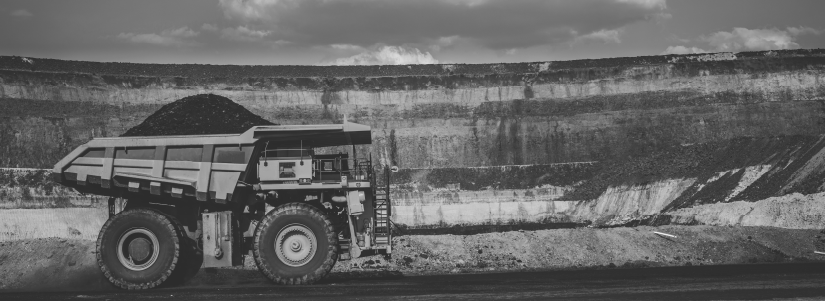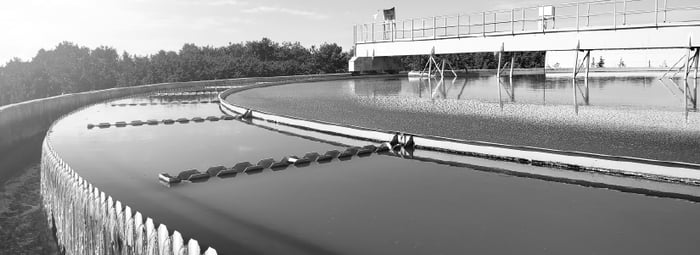Worker Safety- Keeping Cool on Site
Tips & Tricks • 3 min read • May 3, 2024 • Written by: Natasha Osborne

In this week’s blog we’ll be exploring how to keep your workers safe. We appreciate working in extreme climates can present challenges, and we’d like to share our advice on how you can ensure safety is the priority when it comes to working in warmer temperatures.
Working in the mining industry you may find yourself in uncomfortable temperatures. Especially during the warmer months, it can be more challenging to keep cool. Heat can affect people differently, so it is important to recognise the symptoms of when someone is having a reaction that could cause health issues and react accordingly, to prevent any serious harm occurring. Exposure to extreme heat can affect concentration, reaction time, alertness and coordination which could increase the potential for accidents and injuries. In some cases, prolonged exposure can cause heat rash, heat fatigue, muscle cramps and in serve cases heat stroke.
The following are areas that operations should focus on, to minimise the risk to workers:
Hydration
- Dehydration is a significant risk when working in hot conditions. Workers must be provided with water facilities to ensure they are hydrated and drinking enough water during their shifts.
- Access to clean, cool drinking water is imperative to keep workers safe.
- Monitoring humidity, air temperature to stick to safe hydration levels for workers.
Workwear
- Your choice of clothing is also important when it comes to keeping safe and cool on site. Clothing such as neckties, hard hat inserts, cooling towels are all practical accessories that can help the body’s natural cooling process.
- In more extreme conditions, cooling vests should be provided. These vests use frozen liquids to keep the core body temperature down.
Breaks
- Workers must take breaks and should spend time in cooler areas to take the time to rehydrate and lower their body temperature.
- Staggering breaks to ensure there is a fair rotation of workers receiving breaks to not disrupt the workflow, but also providing adequate time for workers to cool off and eliminate the risk of heat stress.
Training
- Operations should provide adequate training as part of health and safety protocols. So should any heat related illnesses occur, they can recognise the symptoms and provide the right treatment.
- Understanding the heat hazards that can contribute to a ’hot’ work site.
Operational Efficiency
- Prioritising worker safety not only saves lives but also increases operational efficiency.
- Workers who are aware of potential hazards, will perform more efficiently and minimise the risk of near misses, resulting in better productivity.
- Upholding safety on site also benefits your operations reputation. Minimising the number of incidents reported improves your sites performance.
Mining Equipment
All the equipment that is used on site should be able to operate in all extreme conditions. Workers can be impacted by extreme heat, so can equipment. So, for any safety technology, it is non-negotiable that they can operate during extreme conditions. The use of technological advancements such as AI can be used to detect human movement to keep workers safe on site. Mine sites can get very dusty, so the use of water and dustproof equipment is important. As is using materials that are durable and tolerate extreme temperatures without impacting their performance.
Conclusion
Worker safety should be at the forefront of all responsible operations. The implementation of smart strategies and a focus of safety will make sure that workers stay healthy and productive whilst being on site. At Storm we can source a diverse range of products to help keep your workers cool, so if you’d like to us to source you any of the products we’ve discussed in this blog, reach out to our team on StormRFQ@Storm-Procurement.com.
We hope you found this week’s blog interesting and learnt something new! If you’d like to read more head to the Mine Safety and Health Administration website. Be sure to leave a comment below to let us know your thoughts and feel free to suggest any topics you’d like to read about in the future. If you did like what you read, make sure that you are subscribed to our newsletter and have our blogs delivered straight to your inbox.
Related Articles

Tips & Tricks
Wastewater Treatment- Mining

Tips & Tricks
Mining - Solar Panels
Don't Miss Out On Our Updates
Sign up and Join Our Newsletter Today

